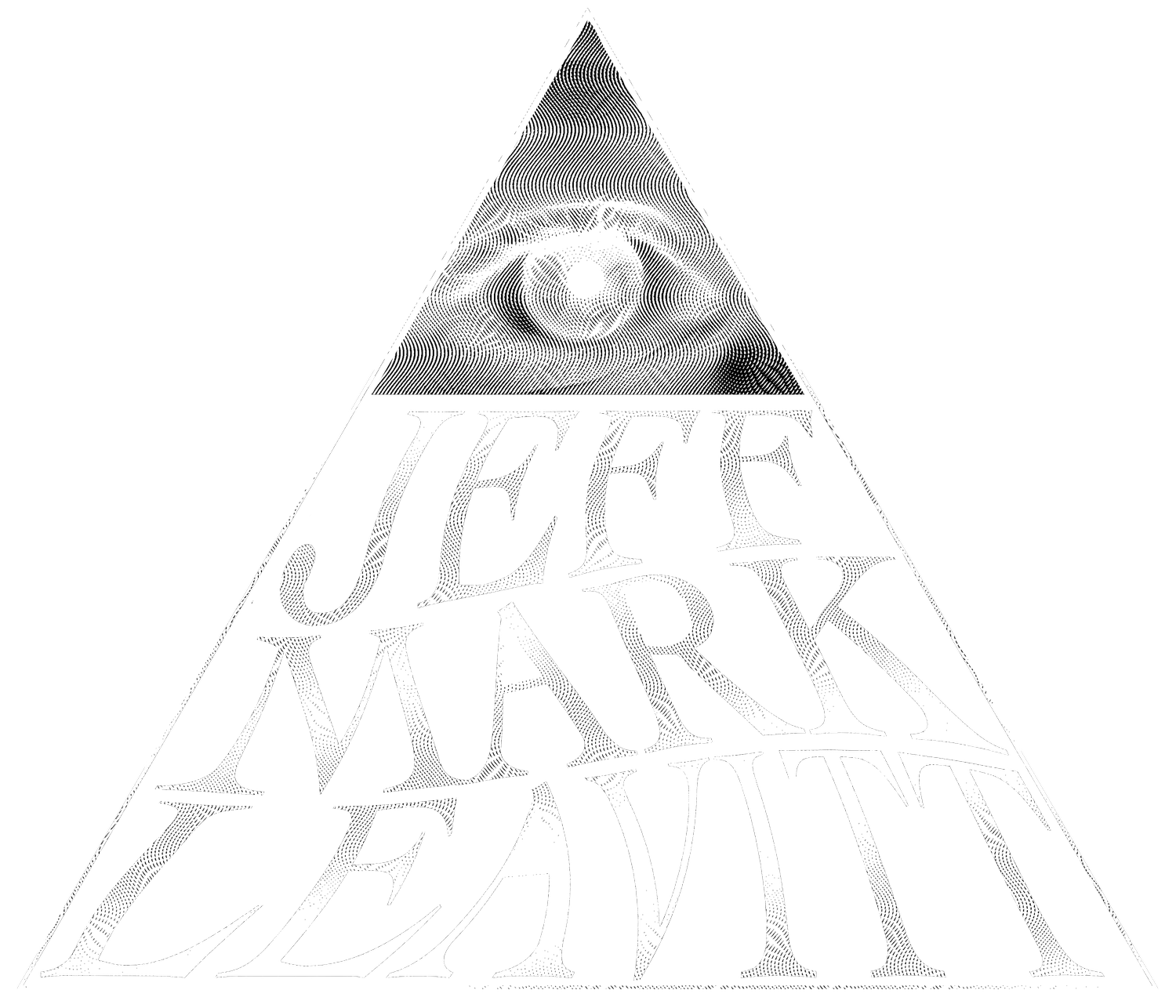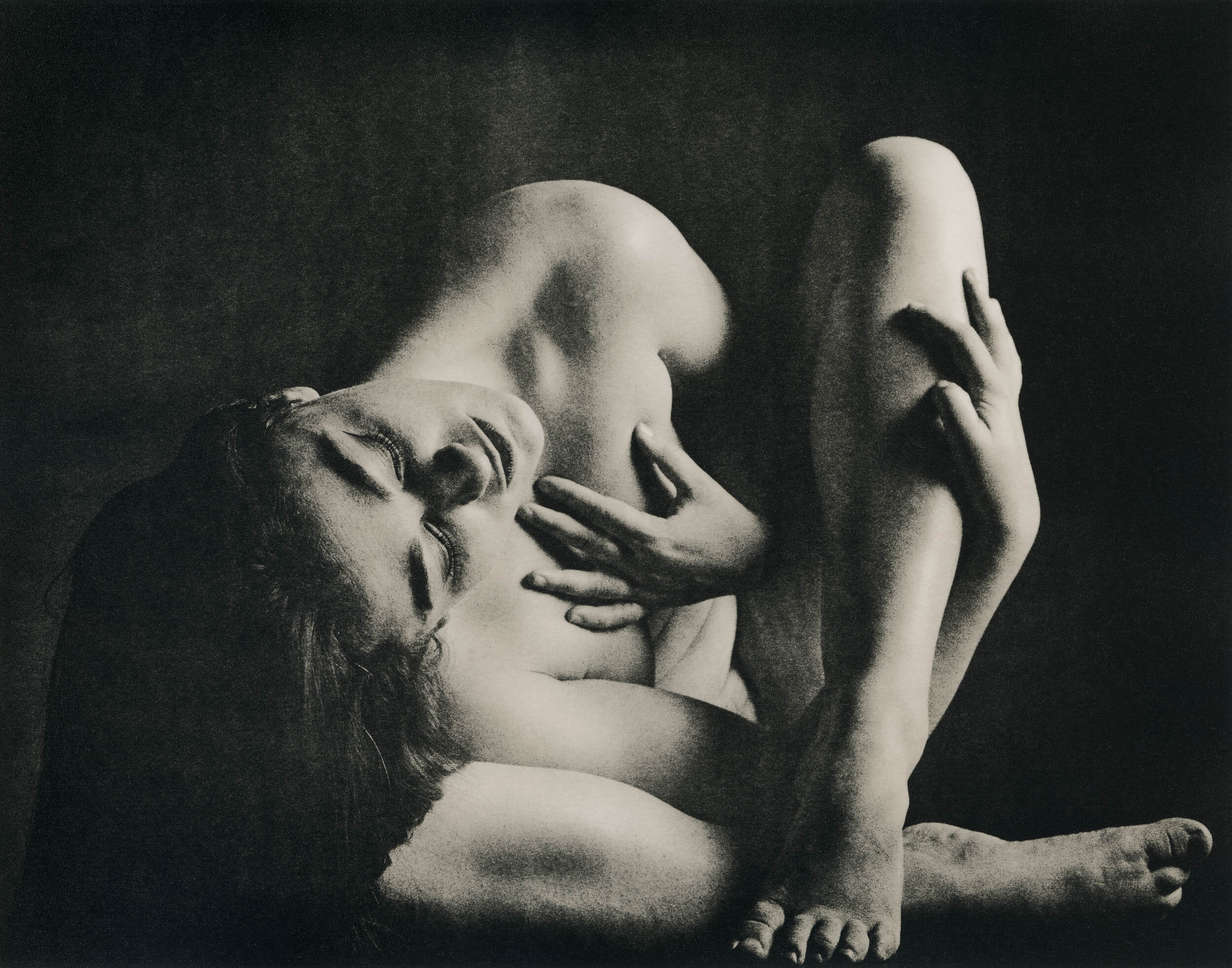
Byzantium is the exercise of patience, the loss of control, the sneaking suspicion, and the decisive moment. It is universal, unabashed, courageous, and vulnerable. The human form is someone we all share, yet it is something that makes us all unique at the same time. Achieved via a printing process that renders the image as ancient looking as its namesake on the Bosporus, Byzantium tasks the viewer to find what we all share when we see each other at our most unguarded.
Byz·an·tine - adjective - A: of, relating to, or characterized by a devious and usually surreptitious manner of operation. B: intricately involved, labyrinthine.
The Technical
Byzantium is one of my most technically involved projects, and one of the most arduous and nerve-racking. It is a studio project, lit with studio strobes, and is shot on Kodak T-Max 100, Fuji Acros 100, and Ilford Delta 100 with a Mamiya RZ67. I try to use Kodak exclusively but film stocks sometimes have years-long outages. It is printed in the darkroom using a lith process, which is wildly unpredictable as development times fluctuate from print to print. I have to stare into the development tray to see the exact moment to snatch the paper out of the chemistry. One moment too soon or too late and the print is ruined. To add insult to injury, I use Foma Fomabrom 123 paper, which was discontinued halfway through this series and no other paper looks like it. Every single sheet I have left has to count. This project is truly a labor of love for the craft.




























































